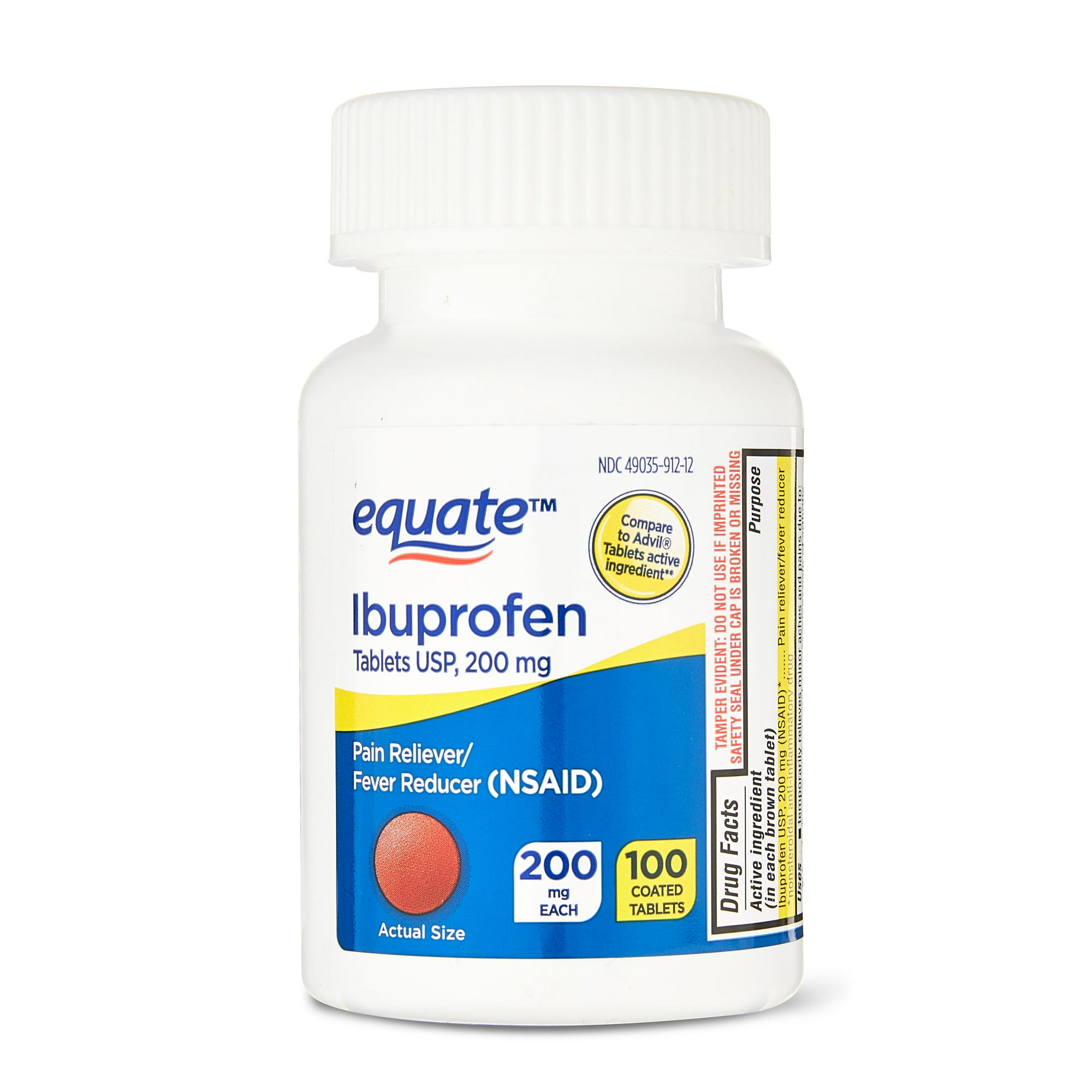What are the symptoms of shoulder tendonitis?
Shoulder tendonitis, which is inflammation of the tendons in the shoulder, often presents with the following symptoms:
- Pain: Persistent or intermittent shoulder pain, which may worsen with specific activities or movements. The pain is often described as aching or throbbing.
- Tenderness: Tenderness in the shoulder, particularly around the tendons, such as the rotator cuff tendons or the biceps tendon.
- Swelling: Mild swelling in the shoulder area, although this may not always be noticeable.
- Limited Range of Motion: Difficulty moving the shoulder through its full range of motion. Activities requiring overhead movements or lifting may be particularly painful.
- Stiffness: Stiffness in the shoulder joint, which can make it difficult to perform daily activities.
- Weakness: Weakness in the shoulder, often due to pain and reduced use of the affected arm.
- Pain at Night: Discomfort or pain in the shoulder that can interfere with sleep, especially when lying on the affected side.
These symptoms can vary in intensity and may be exacerbated by certain activities or postures. If you experience these symptoms, it’s advisable to consult a healthcare provider for an accurate diagnosis and appropriate treatment.
What are the causes of shoulder tendonitis?
Shoulder tendonitis is often caused by a combination of factors that lead to inflammation of the tendons in the shoulder. Common causes include:
- Overuse: Repetitive activities or movements, especially those involving overhead motions, can strain the tendons, leading to inflammation. This is common in sports or jobs that require frequent lifting or reaching.
- Injury: Acute injuries, such as a sudden impact or fall, can cause tendons to become inflamed. This may include direct trauma to the shoulder.
- Age-related Changes: As people age, tendons become less flexible and more susceptible to injury. Degenerative changes in the tendons can contribute to tendonitis.
- Poor Posture: Poor posture, especially from prolonged sitting or working at a desk, can alter the mechanics of the shoulder and contribute to tendonitis.
- Muscle Imbalance: Imbalances between the muscles around the shoulder, such as weak rotator cuff muscles or tight chest muscles, can put extra stress on the tendons.
- Incorrect Technique: Using improper techniques during physical activities, such as lifting weights or sports, can place undue stress on the shoulder tendons.
- Inflammatory Conditions: Certain systemic inflammatory conditions, such as rheumatoid arthritis, can affect the tendons and contribute to shoulder tendonitis.
- Previous Shoulder Problems: Previous shoulder injuries or conditions can predispose someone to develop tendonitis due to altered shoulder mechanics or chronic irritation.
Addressing the underlying cause of shoulder tendonitis is crucial for effective treatment and prevention of recurrence. If you suspect you have shoulder tendonitis, consulting with a healthcare provider for a thorough evaluation and treatment plan is recommended.
What is the treatment for shoulder tendonitis?
The treatment for shoulder tendonitis typically involves a combination of methods aimed at reducing inflammation, relieving pain, and improving function. Key approaches include:
- Rest and Activity Modification: Avoiding activities that exacerbate the symptoms helps reduce stress on the tendons. Resting the shoulder and modifying activities can prevent further irritation.
- Ice Therapy: Applying ice to the affected area helps reduce swelling and numb the pain. It is generally recommended to use ice packs for 15-20 minutes several times a day.
- Medications: Over-the-counter nonsteroidal anti-inflammatory drugs (NSAIDs), such as ibuprofen or naproxen, can help reduce pain and inflammation. For severe cases, a healthcare provider may prescribe stronger medications.
- Physical Therapy: Engaging in physical therapy can help strengthen the muscles around the shoulder, improve flexibility, and correct any postural or movement issues. Exercises often include stretches and strengthening routines.
- Stretching and Strengthening Exercises: Specific exercises are prescribed to stretch tight muscles and strengthen weak ones. This helps improve shoulder mechanics and support the tendons.
- Corticosteroid Injections: If symptoms are severe and do not improve with other treatments, corticosteroid injections may be used to provide temporary relief by reducing inflammation.
- Heat Therapy: After the initial inflammation has decreased, applying heat can help relax tight muscles and improve blood flow to the area.
- Proper Technique and Ergonomics: Learning and applying proper techniques for activities and sports, as well as improving ergonomics at work, can prevent recurrence.
- Shoulder Bracing: In some cases, a shoulder brace or support may be used to limit movement and provide stability to the affected area.
- Surgery: In rare cases, if conservative treatments do not provide relief and the tendonitis is severe or involves significant damage, surgical intervention may be considered. Surgery may involve repairing damaged tendons or addressing structural issues in the shoulder.
Consulting a healthcare provider is important for an accurate diagnosis and appropriate treatment plan tailored to individual needs.

Leave a Reply
You must be logged in to post a comment.